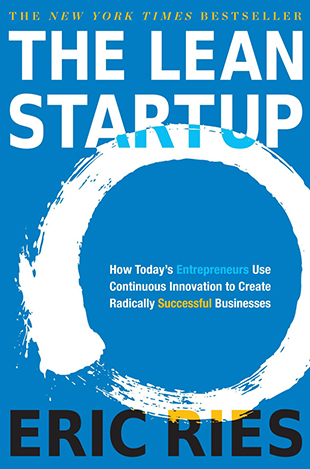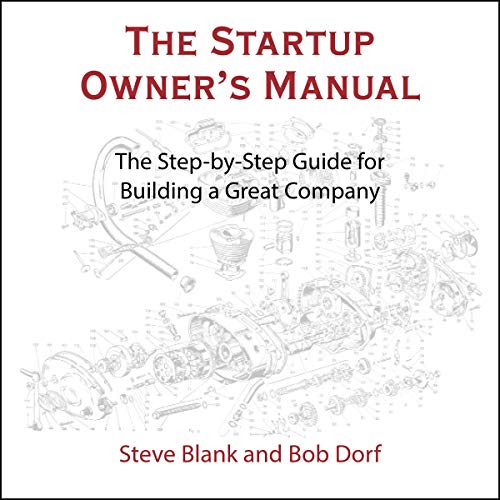Lean Startup
For new product and new service development
For new product and new service development
What is the Lean Startup method?
Lean Startup is a method for efficiently developing new businesses and opportunities (business models). It is based on the Lean method's waste minimisation strategy, with the main objective of avoiding unnecessary activities, costs and time wastage during business development.
What problem does it solve?
The development and innovation of a new product is a high-risk activity related to the existing business. By managing these risks, the methodology increases the efficiency of innovation activity.
- What are the main steps?
The method suggests that when starting up a new business, you should not only build a product, but also define a complete business model. In the first step, we only have hypotheses about the business model - we capture these in the Business Model Canvas (BMC) tool. - We need to back up our business model hypotheses with facts as soon as possible, and we can do this by engaging directly with customers in the "customer development" phase. Feedback from customers validates or invalidates a hypothesis, possibly changing other aspects of our business model (BMC).
- The third step is the development of the product/service to be sold, which we start with the minimum viable product (MVP) and develop iteratively using an agile development methodology. In the development process, we use the shortest possible iterations to check after each change to the business development whether or not the latest change has brought us closer to a sustainable business model. If yes, we keep the improvement, if not, we step back and try another variation.
Once we reach the profitability point, the business has found a sustainable business model, the focus then can shift to growth.
What result can we expect from it?
The method does not guarantee the success of business development, but only that we can find out whether a business innovation is viable with the least possible use of resources. The productivity of the innovation team is increased, it can systematically explore the potential of the business idea much faster and with fewer resources, and the whole activity remains well structured and transparent for the sponsor as well.
TYPICAL QUESTIONS
-
Why is it called Lean Startup, what does it have to do with Lean?
The method is based on the Lean approach - customer value is at the centre, productivity can be increased by identifying losses early in the work, and since there is a lot of uncertainty, we use iterative, trial-and-error development. -
What about medium and large companies?
Lean Startup can be used wherever a new idea (product, service) is developed, whether it is a real customer or an internal one. For internal users, the payback calculation will be in line with the corporate model. -
What are the similarities and differences between Lean Startup and Design Thinking?
Both methods look for what is of value to customers in the course of a new development, and link the innovation activity to this. Lean Startup is interested in what is the minimum product that customers are willing to pay for - so that we can introduce the product or service and then continuously improve it, while Design Thinking seeks to maximize the success of the product/service by mapping the customers' entire system of criteria.









